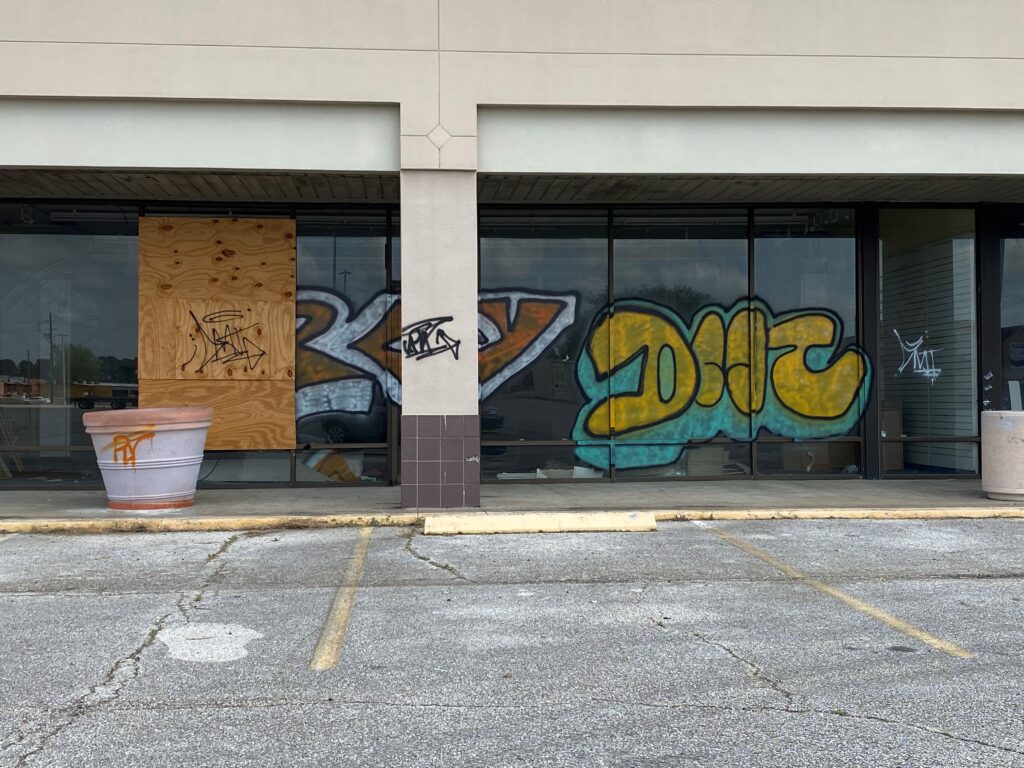The State of Texas creates management districts to develop, promote, encourage and maintain economic development, safety, commerce, transportation and other civic qualities in a focused geographical area — by going beyond what local or state governments do.
The State Legislature or the Texas Commission on Environmental Quality approve a management district when commercial property owners in a defined area request one by petition. Texas has created more than 100 management districts — about half in the Houston area.
Once born, a management district can raise revenue to carry out its mission from fees, assessments or taxes on the properties that will benefit from its services. But not before its local, transparent board of directors says yes — in meetings that are open to the public.
Usually, management district assessments based on property values are tiny compared to taxes levied by cities, counties, school districts and the like.
The Legislature appoints the first set of board members. They are local commercial property owners or their agents. Local governments approve the board members who follow.
When a management district carries out its responsive and board-approved service plan, here are the kinds off changes that district residents, businesses and property owners might see, depending on their needs such as:
- Extra police patrols and/or private security patrols and mobile security cameras in commercial corridors
- Litter removal and graffiti abatement, lighting, roadway beautification, landscaping, drainage projects, transit systems
- Public art
- Programs promoting public health
- And so much more!














